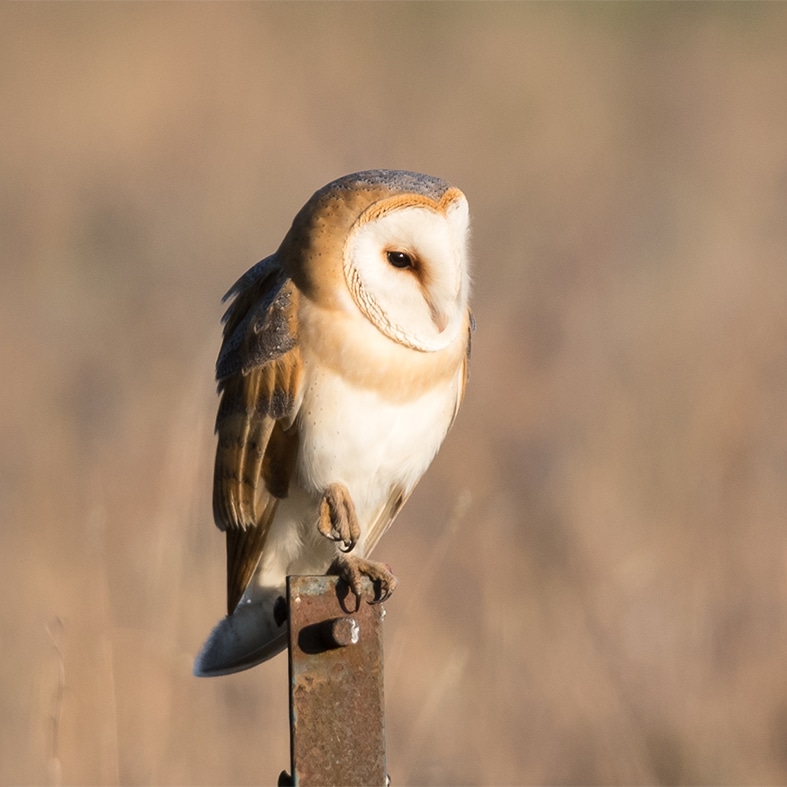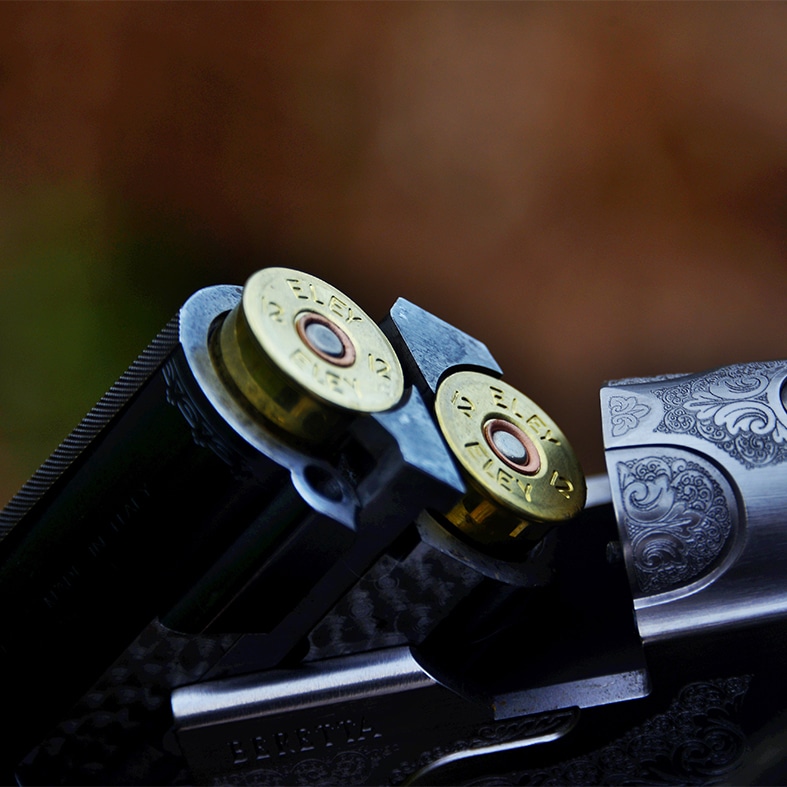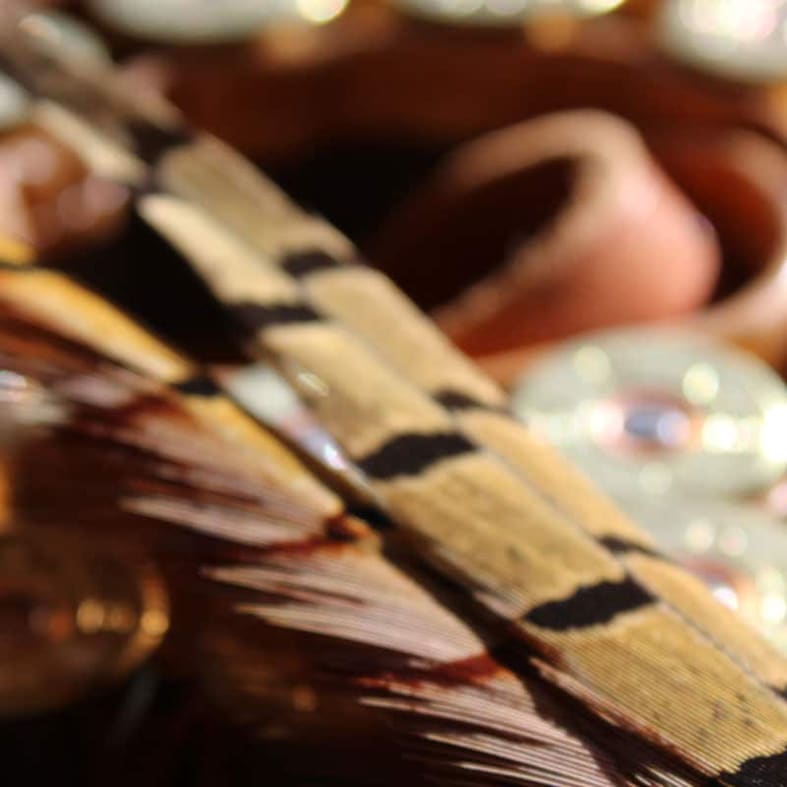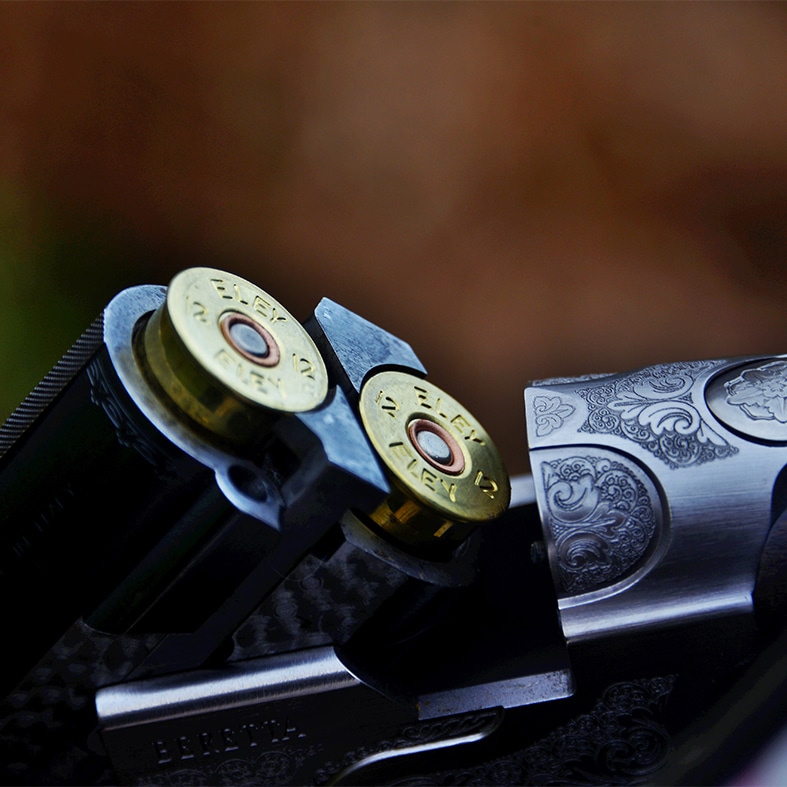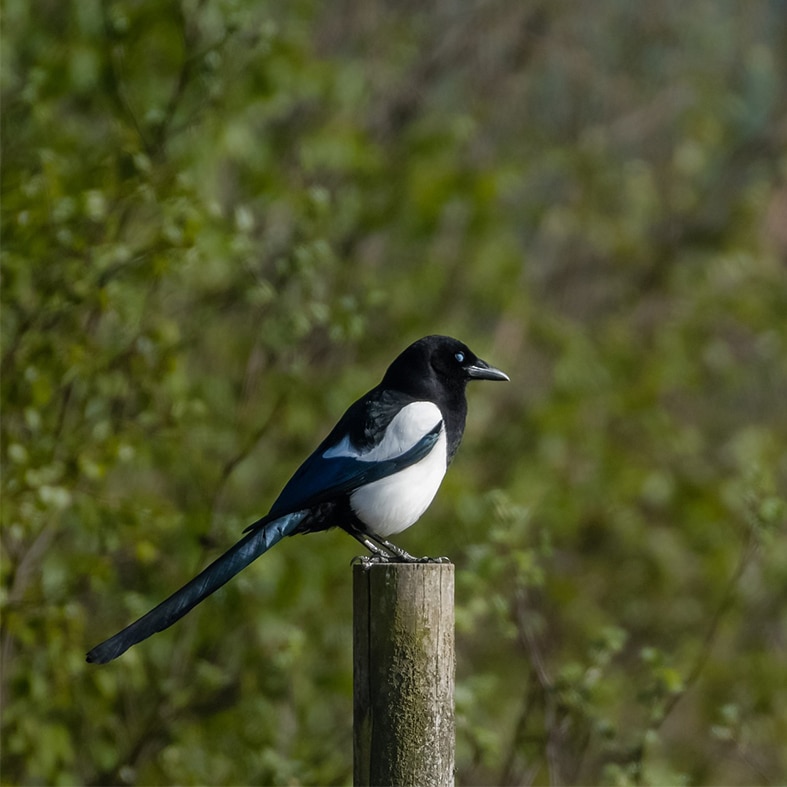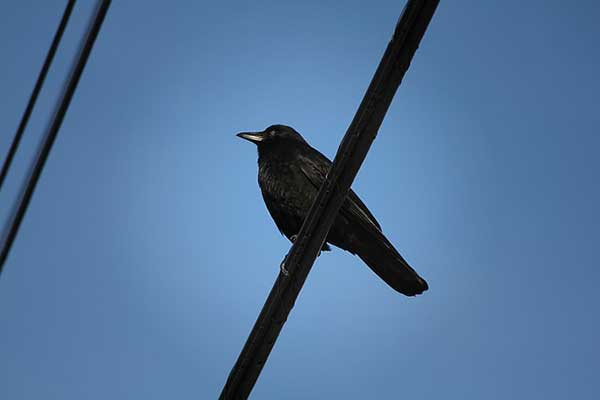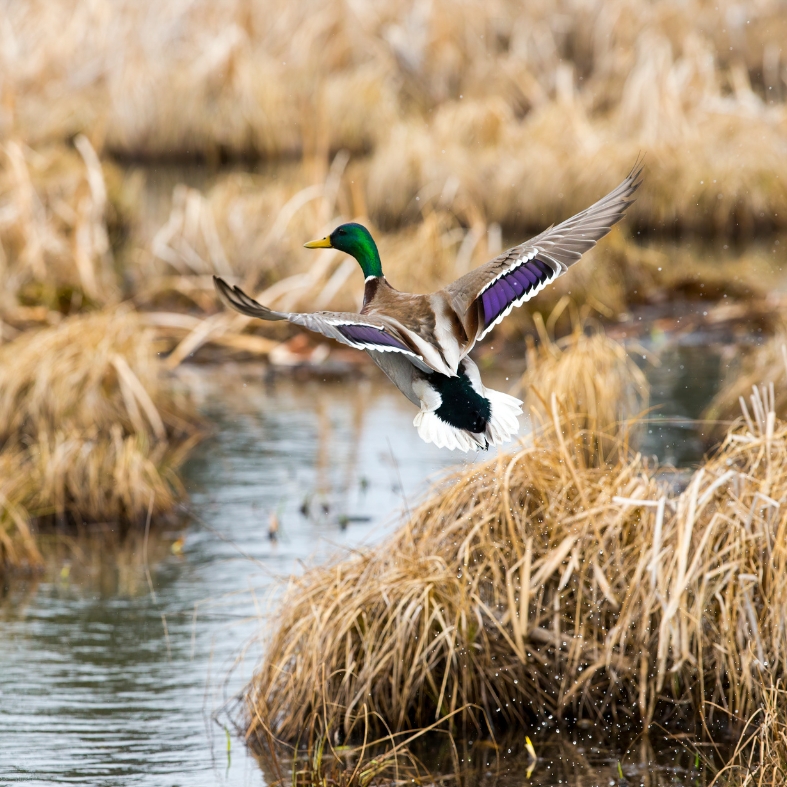

- - Features
- - Features
How to successfully manage flight ponds
Flight ponds on a shoot tend to fall into one of two categories: morning or evening. Although some of the basics, such as shooting technique, are similar for both, other aspects and approaches need to be managed differently. Glynn Evans shares some of his top tips on managing both.
Evening and morning flight ponds
Many people will be familiar with shooting an evening pond. Provided they are in the right location, ponds of different sizes, from small splashes to larger bodies of water, can be used and the basic approach is to put down supplementary feeding to attract ducks.
Morning ponds do not require supplementary feeding. They are not as common as evening flight ponds. To have an opportunity to shoot one is a special experience. They are basically an area of water of a sufficient size and location where ducks flight in to spend the day and then flight out at dusk to feed elsewhere. A key to them working is that the ducks feel comfortable resting there.

Feeding an evening flight pond
I start feeding by putting a bucket or so of barley in the edge of the pond at roughly ankle depth in the water. A bit of associated chaff is no bad thing. By floating on the surface, it can act as an initial draw for the ducks.
The idea is to feed daily. I aim to do this no more than a couple of hours before I expect the first ducks to appear. This is for two main reasons.
- To push off any ducks resting on the water and hopefully encourage them to rest elsewhere and fly back later.
- To only put sufficient food down for that night. These daily rounds give you an opportunity to check feed and top it up if needed.
This can be time-consuming, so on occasions when it can’t be done, an extra amount for a couple of days won’t hurt. You can use automatic hoppers to supply feed into the water’s edge. Bear in mind that if the pond won’t be fed regularly, the ducks will go elsewhere.
Putting a larger amount of food down to cover several days risks encouraging rats, and ducks will potentially spend a few days there and not flight in and out as desired.
What food to use?
Barley is my preference and is thought to be best, but ducks will happily eat a wide variety of feed.
I have used other types of grain for feeding flight ponds, such as tailings from the corn drier, to good effect, too. I know some people have used things like potatoes (these need to be on the bank) but I think they can taint the water.
Grain is easy to keep in a barrel on site and it’s also easy to distribute the amounts you need.

How to shoot a pond
The process of shooting a morning pond from hides is like that used on an evening pond (more on that below). The big difference is that you must arrive early in the morning, before sunrise and wait for the ducks to start flighting as the day dawns.
On larger expanses of water, a few decoys and a call can help pull the birds into a desired location, but experience will reveal the best locations to shoot from. As an alternative to flighting, you can also drive such ponds during a formal shoot day over standing Guns. Remember that Guns will need to be hidden, though.
When it comes to an evening flight, I like to get to the pond a good hour before the first duck is expected to arrive. If there are any ducks already there, I don’t shoot at these and let them flush, as they will hopefully flight back later.
I prefer to pick a blustery overcast evening. I think the sound of any shooting is more readily carried away and the wind helps break bigger flocks up. This means the shooting will be spread out over a longer period. I also try to avoid a full moon as this means the ducks can flight over a much wider time frame.
My general preference is to have only one Gun shooting on a pond; I think this ensures a sporting chance for any ducks coming in and makes managing a flight easier. On a larger body of water more than one Gun could be appropriate, but great care and proper briefings are required to ensure safe and enjoyable shooting for all.
A golden rule is never to shoot at any quarry unless you are sure you have identified it correctly and this is particularly relevant with ducks, especially as dusk begins.
Useful advice on flight ponds
- Some ponds will have sufficient cover and no hide is needed, but a hide has more advantages than just providing cover for a Gun. It can accommodate seats and specific dry areas for both human and canine.
- The hide should be in place before you start feeding so that it isn’t suddenly a new construction which could put the ducks off.
- In the hide, it’s advisable to establish some distances before the action starts. This will help judge range when dusk falls.
- If you’re shooting an unfamiliar pond, the briefing from a host should include the likely direction ducks will approach from. It should also cover other aspects, such as the species of duck to be shot and any specific requirements.
- A guide should be provided for less experienced Guns to help them learn.
- REMEMBER: lead is not permitted in any of the home countries for this type of activity.
- If you have a wounded bird, do not wait and send the dog to retrieve it straight away. Be prepared to dispatch a wounded duck on the water if necessary. Familiarise yourself with Shotgun Safety Code of Practice and The Code of Good Shooting Practice.
- Only shoot what you will eat or share with others. It is crucial to ensure that your harvest is sustainable. You can find plenty recipes on the Eat Game website.
- Put nest tubes on ponds to help build up resident wild populations. Read more about duck nesting tubes on our dedicated webpage.
- Don’t shoot the pond too often (not more than once every two weeks is recommended).
- Familiarise yourself with and follow the Flight Ponds Code of Practice and the Sustainable Shooting Code of Practice for Wildfowl Quarry Species.
Once you bag that flight pond duck...
Once you have bagged a duck or two on your flight pond, don’t forget there are several important conservation projects we need your help with. These will help us prove that shooting wildfowl is sustainable and ensure a safe future for our our sport.
- Save wings from any ducks you shoot for the BASC Wing Survey.
- Help us record cases of sarcocystosis (rice breast) by reporting any cases you come across.
- During the 2024/25 and 2025/26 seasons, BASC, Univeristy of Essex, GWCT and Adonis Blue Environmental are ringing mallard in Essex and Suffolk. This project will help us understand more about mallard migratory habits. If you find any metal rings on shot mallard, report them directly to the British Trust for Ornithology (BTO) or email us on monitoring@basc.org.uk
- Don’t forget to report any other rings to the BTO, too.
Share
Glynn Evans

BASC issues ‘end of season’ advice for shoots
BASC highlights help and support available to ‘keepers and shoot managers.
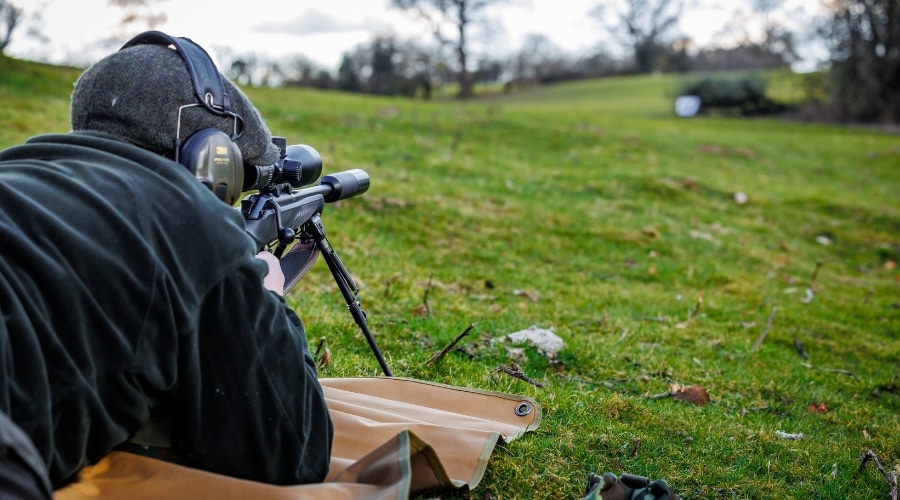
Delivering knowledge and skills for the future of shooting
We would like to hear from you to help shape BASC’s training courses and educational provision for the future.

Rough shooting in the spotlight during hunting debate
Concerns remain over the unintended consequences of the Hunting with Dogs (Scotland) Bill on rough shooting and field trials, says BASC.

